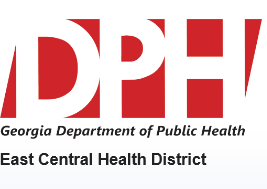Whether conducting an outbreak investigation in the field or implementing a statewide prevention program, surveillance is a basic tool for the epidemiologist. Surveillance is the systematic collection, analysis, interpretation, and dissemination of Public Health information.
Syndromic Surveillance
Syndromic Surveillance is one type of surveillance that attempts to identify outbreaks and other events of public health significance earlier using non-traditional indicators.
Non-traditional indicators used in Syndromic Surveillance
- Emergency Department visit information
- Nurse Call-in center
- 911 calls
- Pharmacy sales data
- Emergency Medical Services trip report data
Syndromic surveillance uses real-time health related information to detect events of public health significance.
Events of Public Health Significance:
- Naturally Occurring Events
- Infectious disease outbreaks
- Manmade events
- Bioterrorism related incidents
- Widespread exposures to chemicals (i.e. chlorine gas exposure)
Traditional surveillance often relies on laboratory tests to confirm disease. This may delay a public health response, if it is required. One goal of the syndromic surveillance systems is to quickly identify significant events of Public Health importance. This will allow Public Health to initiate a public health response earlier. The purpose of syndromic surveillance is to portray the ongoing patterns of disease occurrence and disease potential so that investigation, control, and prevention measures can be applied efficiently and effectively.






